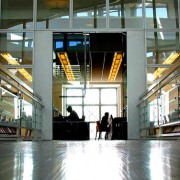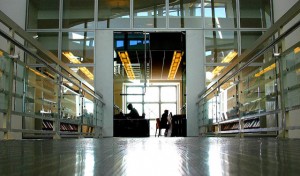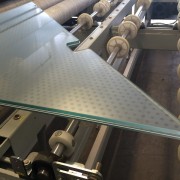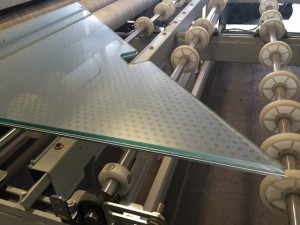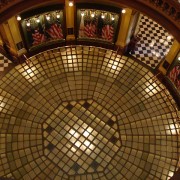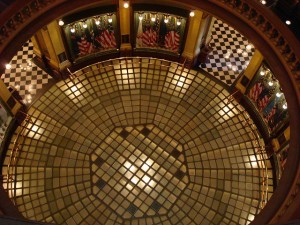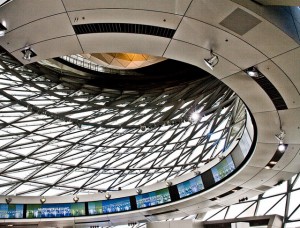Using glass in interior design
Transparency is insanely attractive, but you can do a lot with opaque glass. Glass has a tactile quality that other materials don’t have. It’s cool, smooth and solid. It can be heavy, and it’s elegant in a way that no other material is. When you want opacity, there’s no better way to achieve it than with Glassprimer™ glass paint.
Glassprimer™ glass paint comes in virtually any color, and you can create opaque and frosted glass looks for about $1 per square foot. That’s actually less expensive than traditional frosted glass. Traditional frosted glass is created using either a chemical process or sandblasting the surface of the glass.
If you’re not going for opaque, you can also achieve a dramatic translucent effect using Glassprimer™ glass paint. Translucence allows light to shine through a non-transparent surface.
From a decorating standpoint, you can do a lot with translucent and opaque architectural glass within an interior space. Walls, furniture and doors can all be made of or incorporate glass. Glass walls in a conference room can be augmented with Glassprimer™ glass paint or UV-inkjet printing to ensure privacy while still allowing the distribution of natural light.
Other features, including reception areas, walls, partitions and other similar structures can also be augmented with Glassprimer™ glass paint. Glass is a highly cost effective and versatile material, and can be used virtually anywhere – walls, floors, ceilings, doors, walkways, staircases and more.
If you’d like more information about decorating with glass and glass paint in interior spaces, please visit the rest of our site. If you’d like to purchase Glassprimer™ glass paint, please visit our online store .
Photo Credit: Thomas Hawk, via Flickr.com

